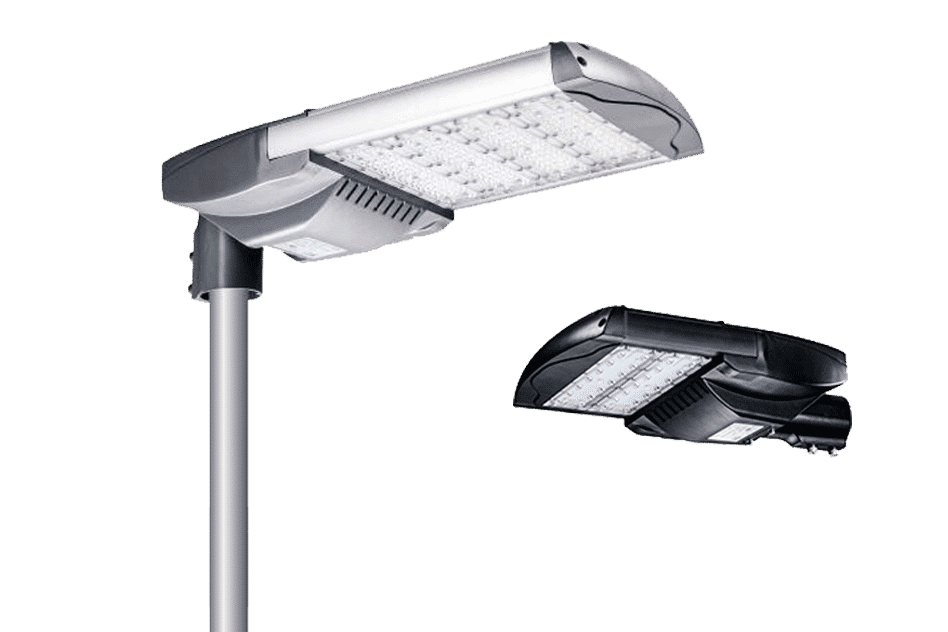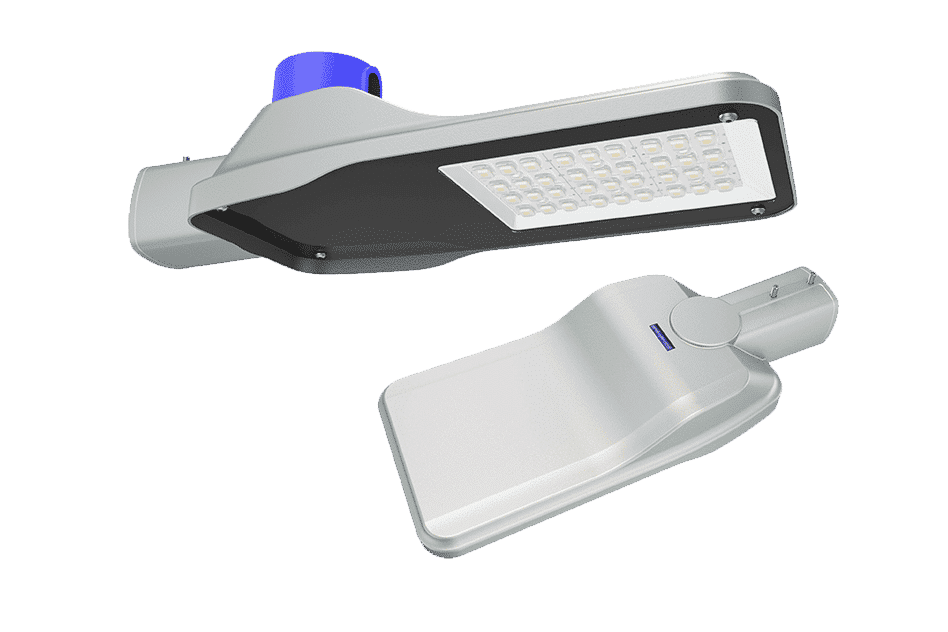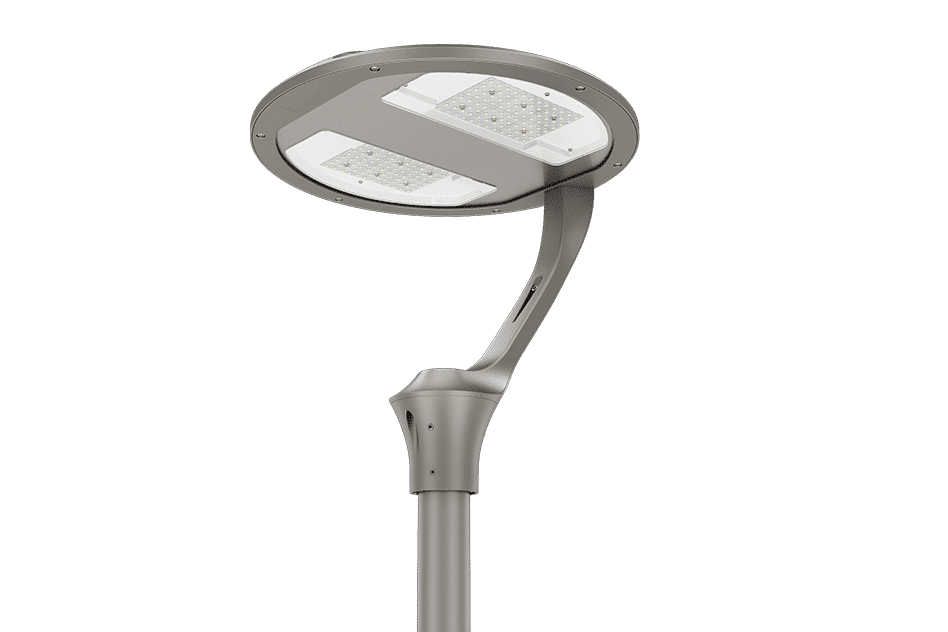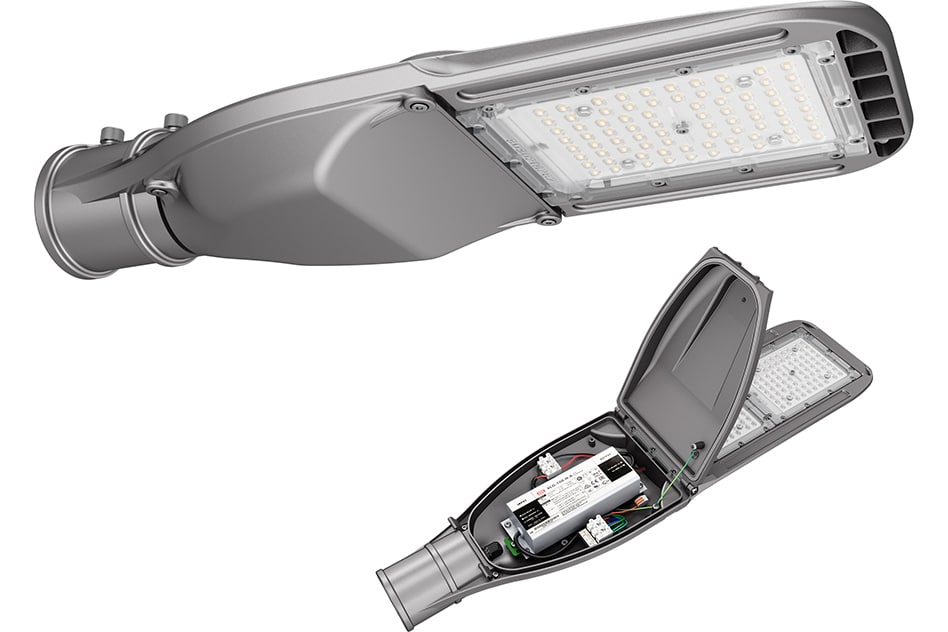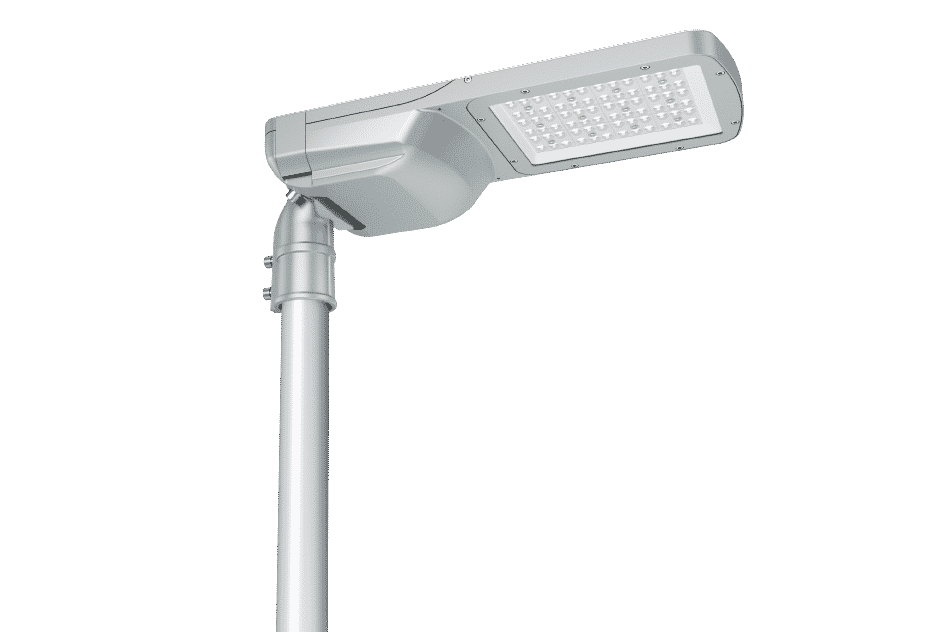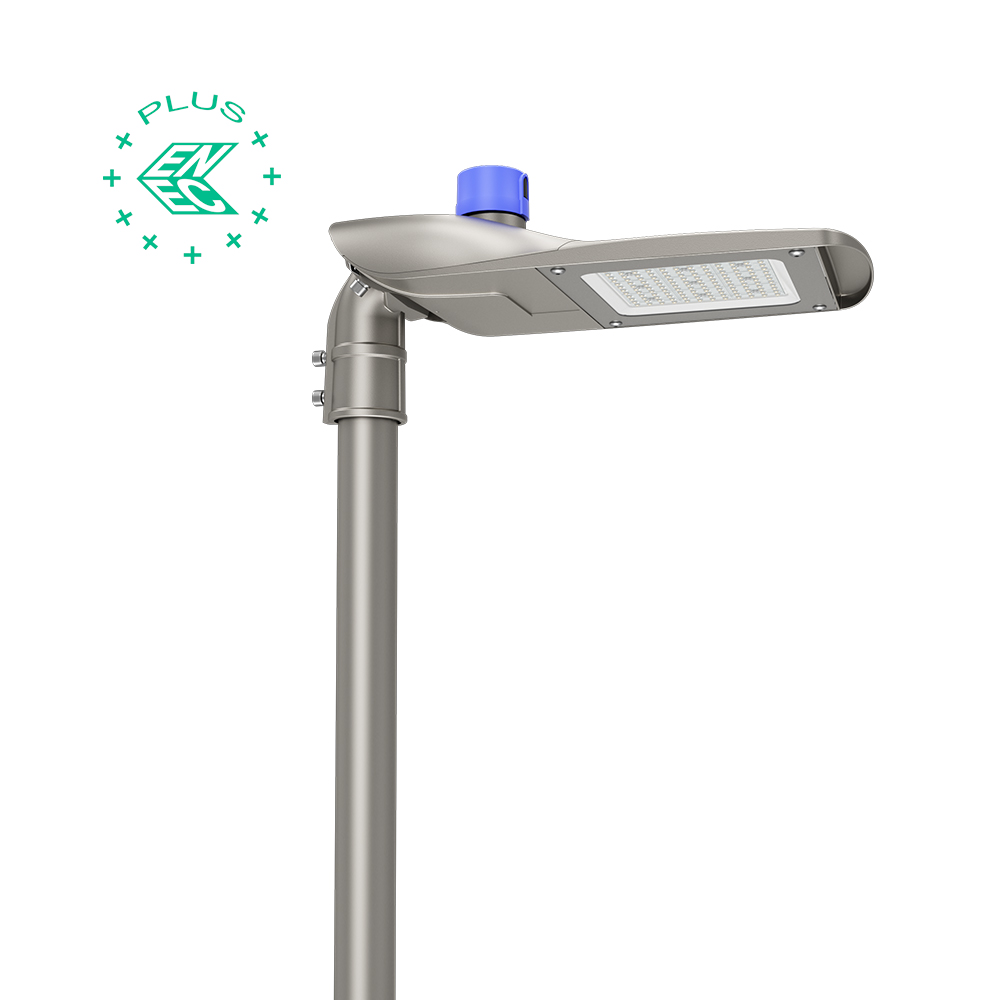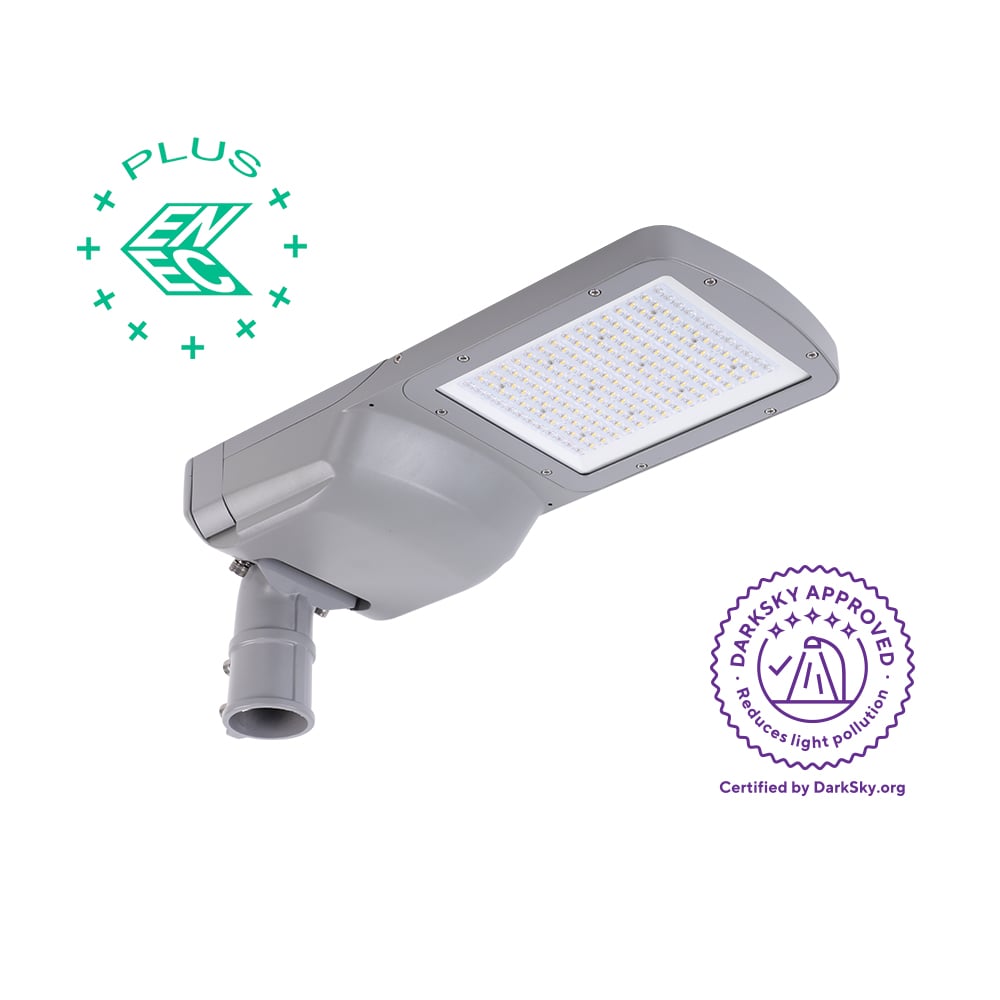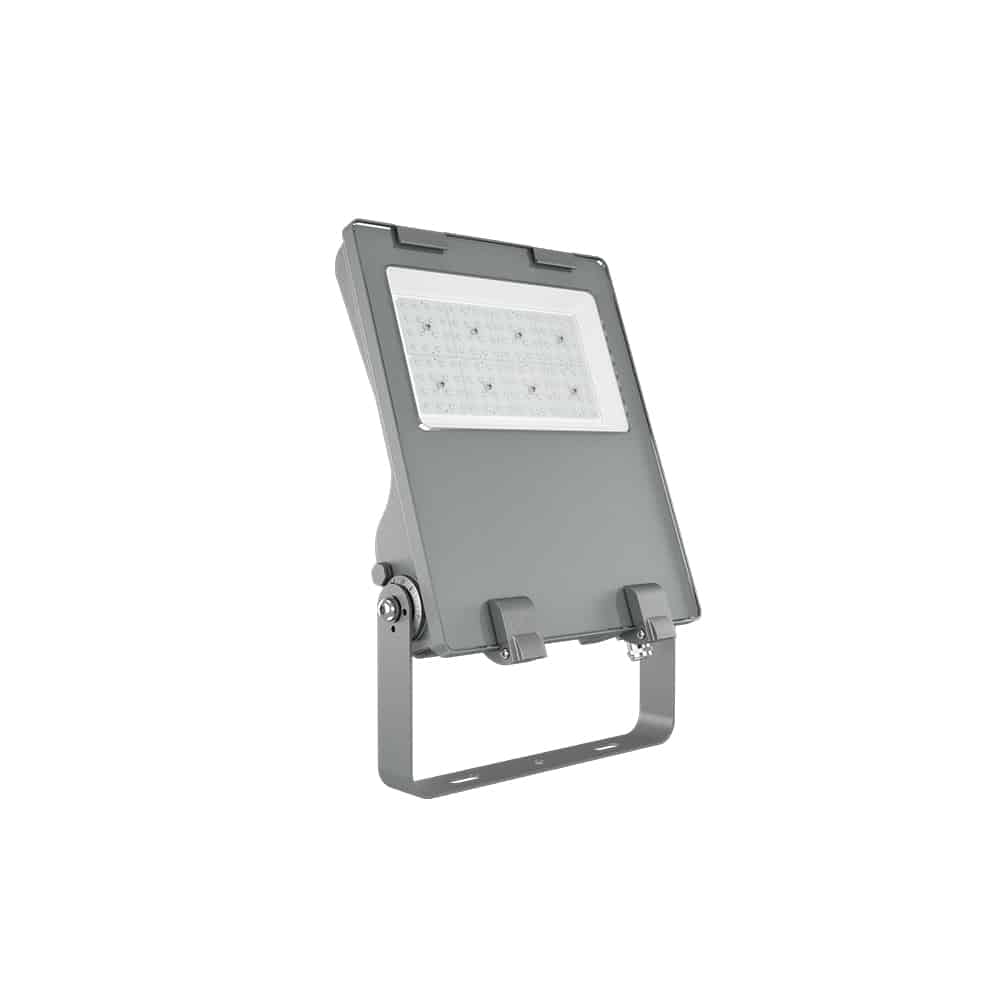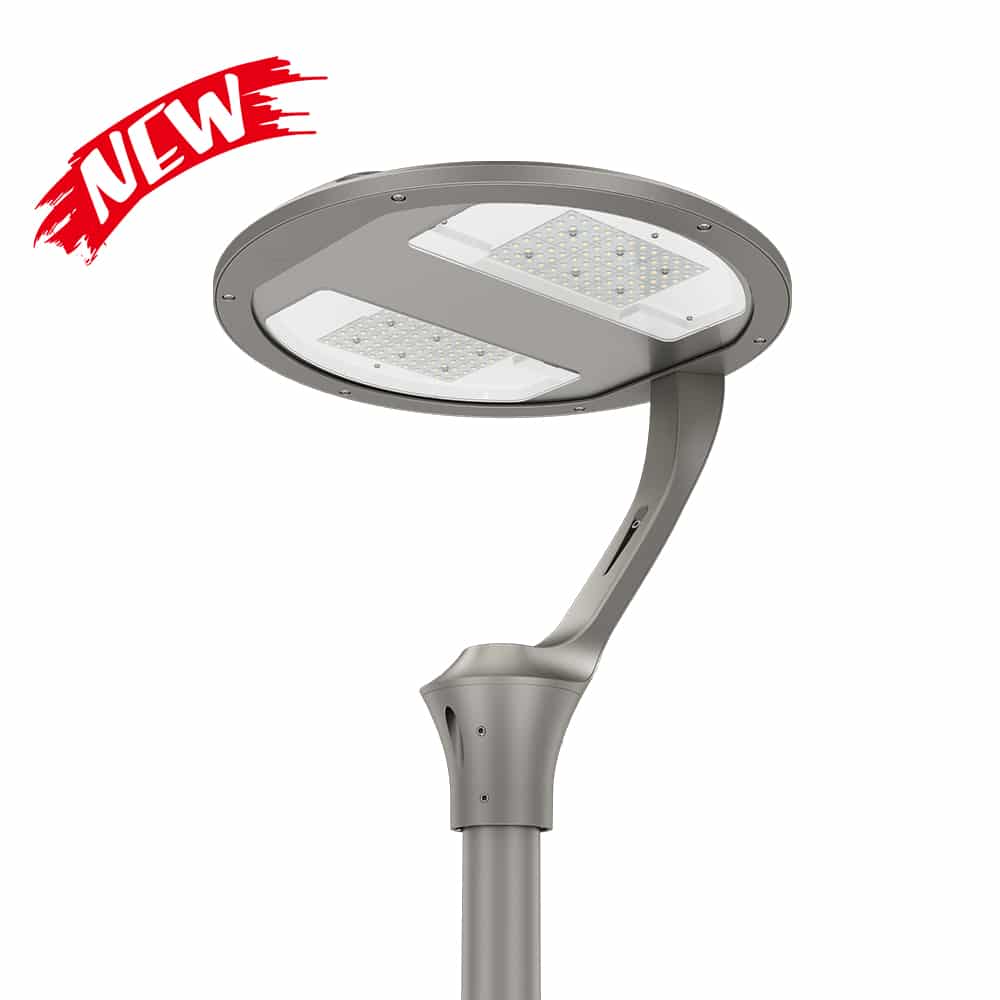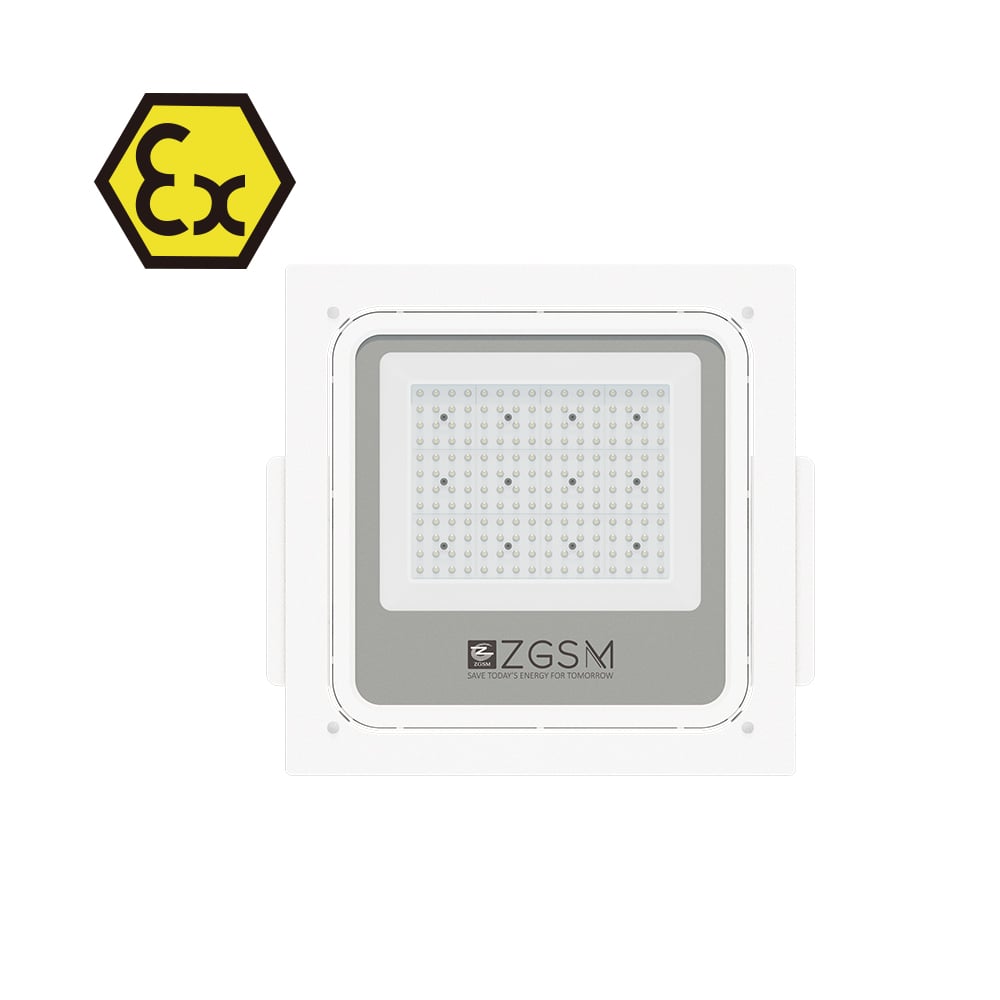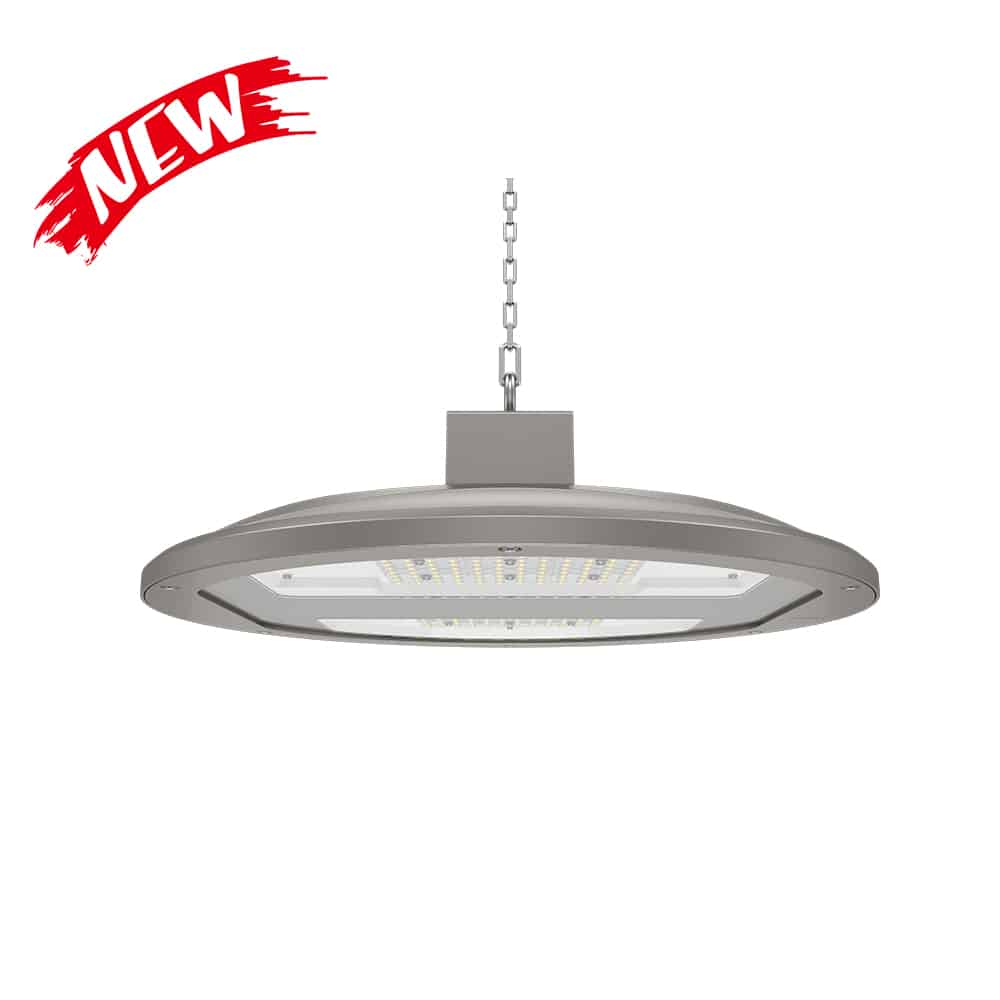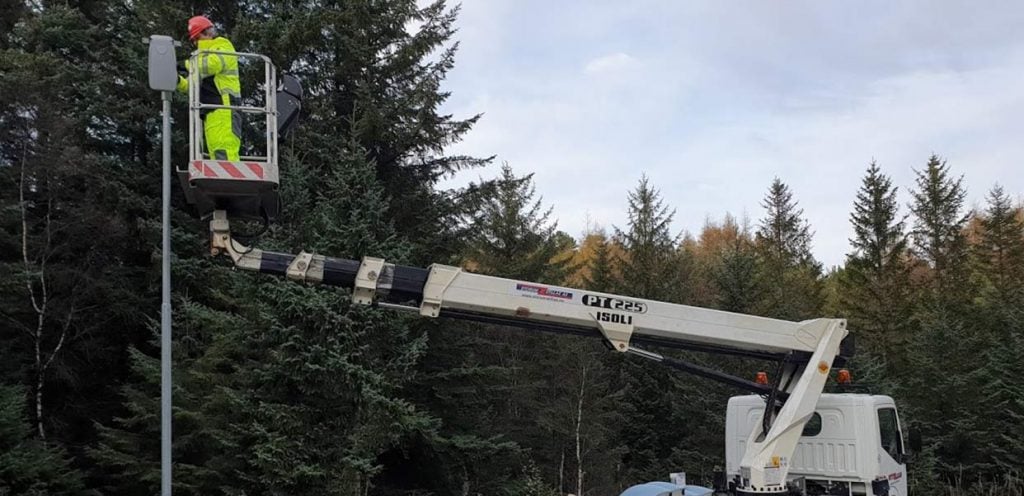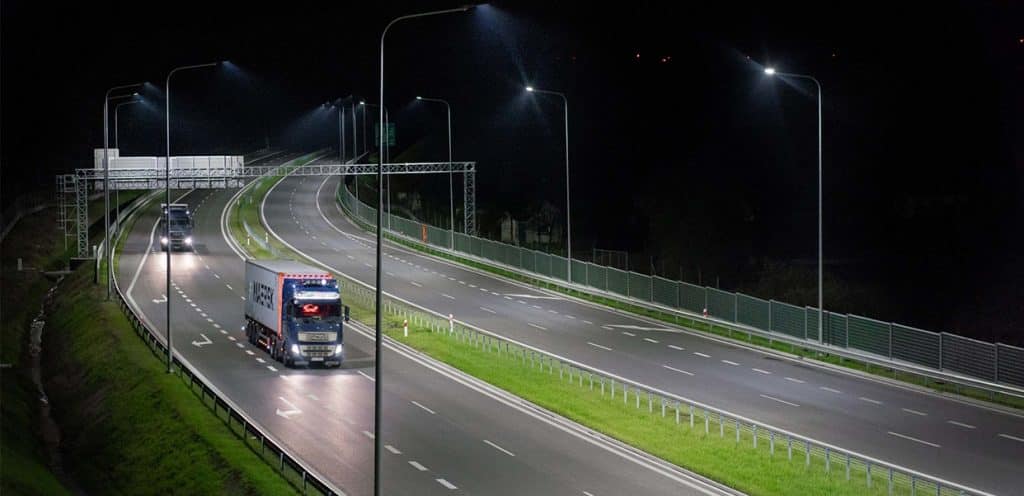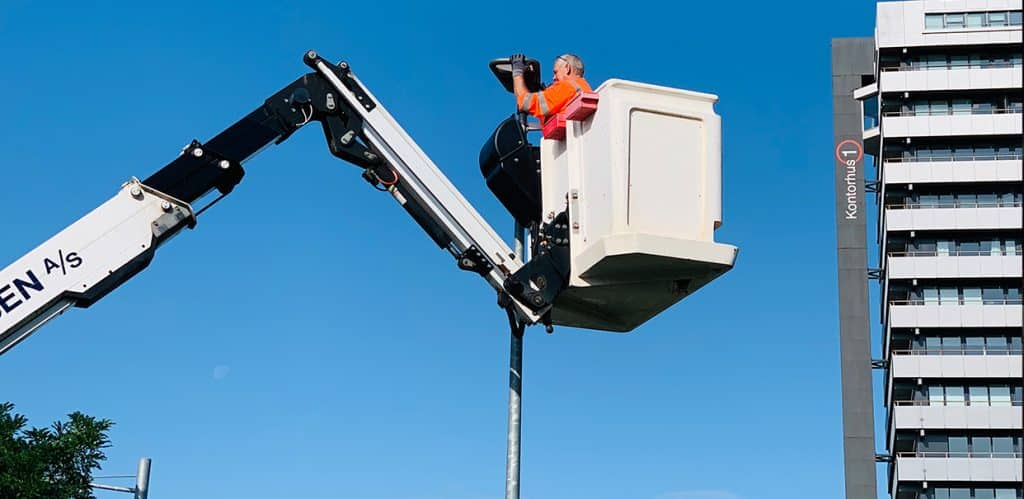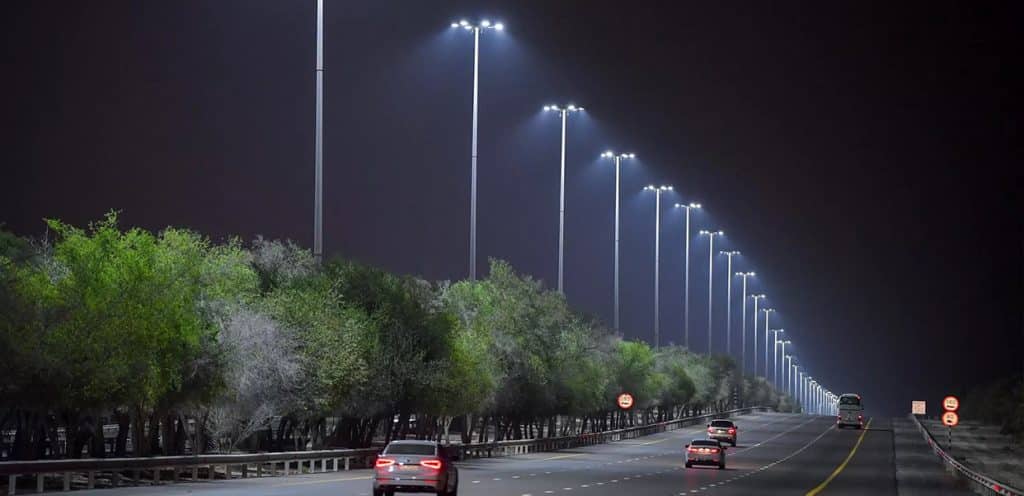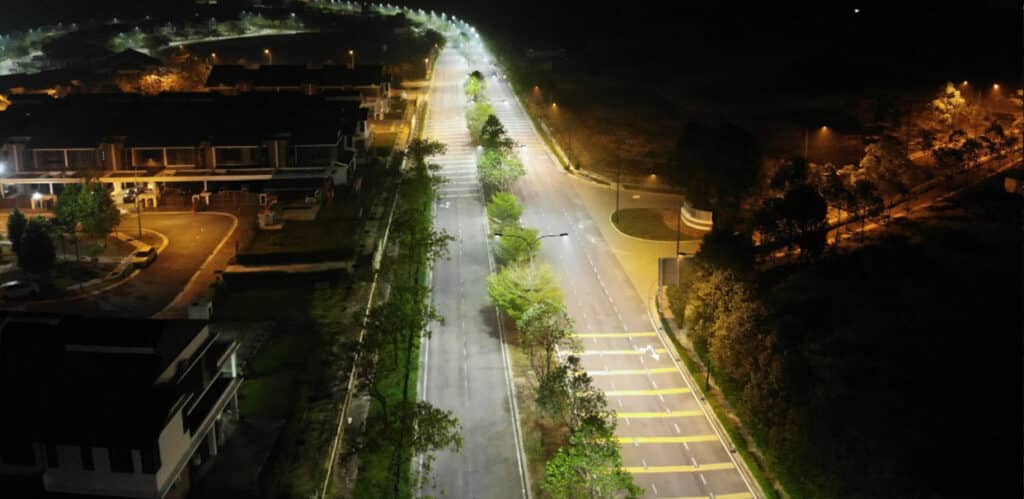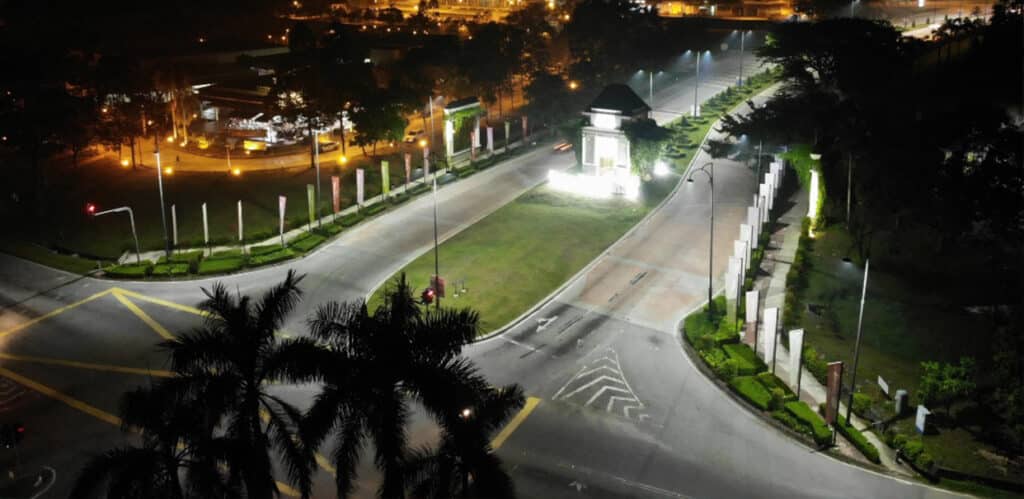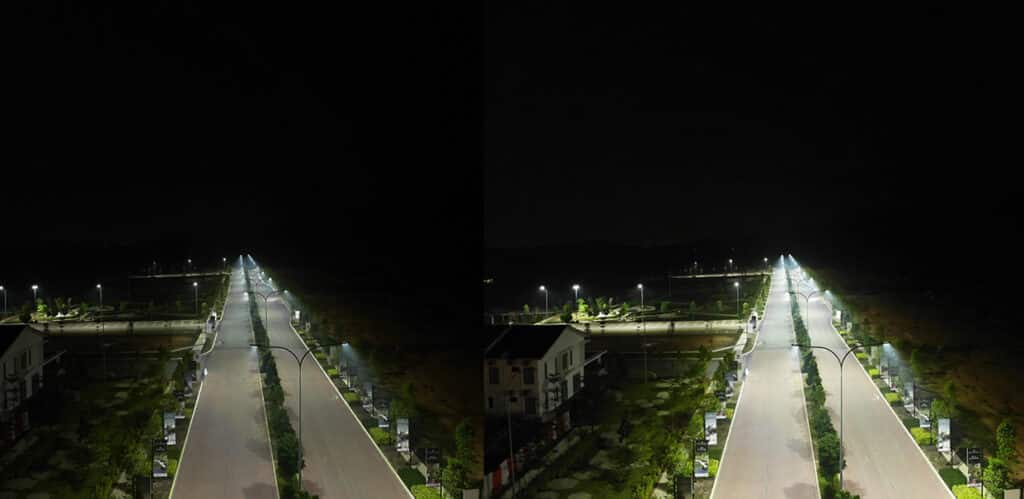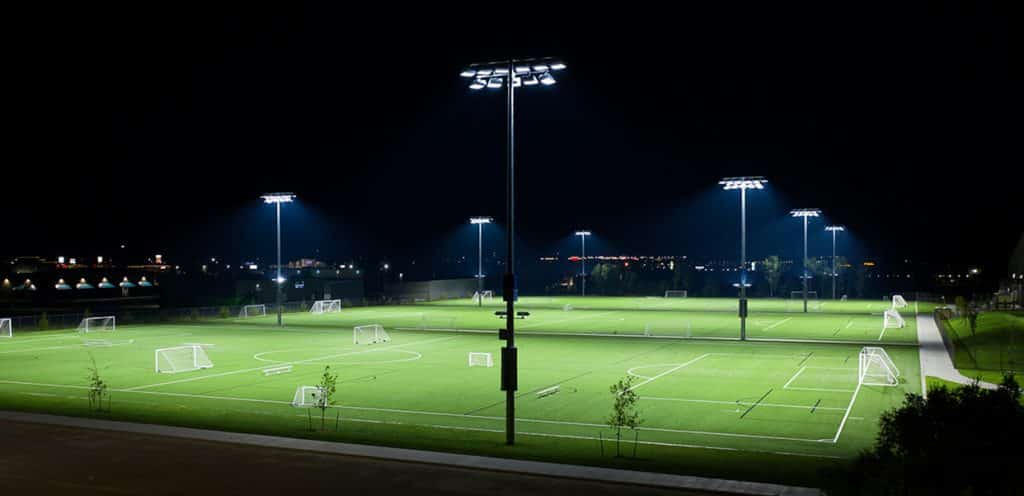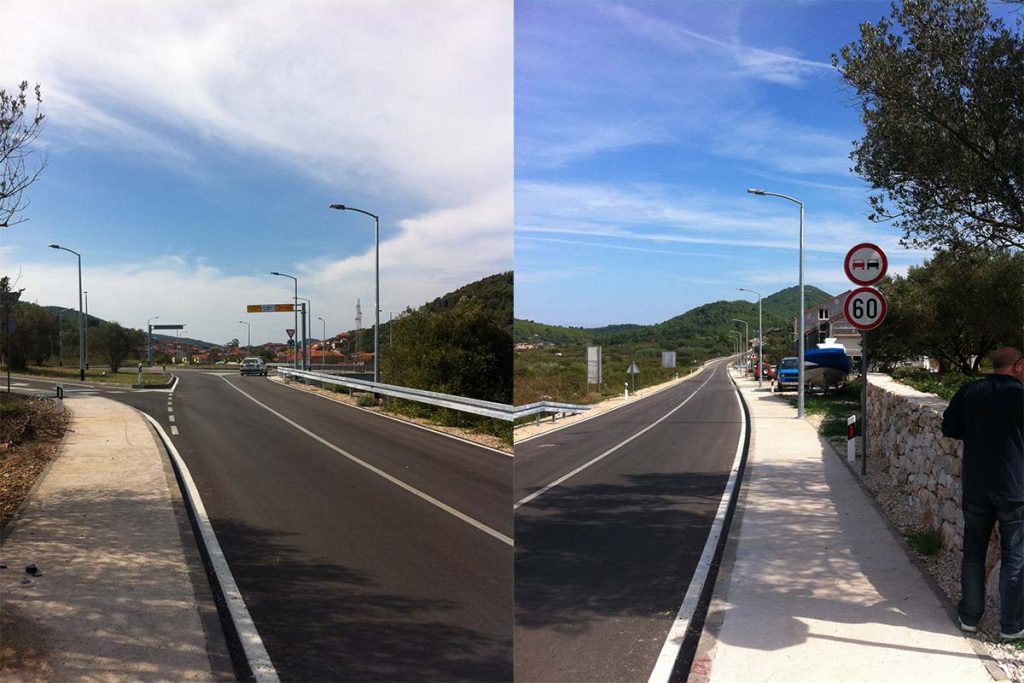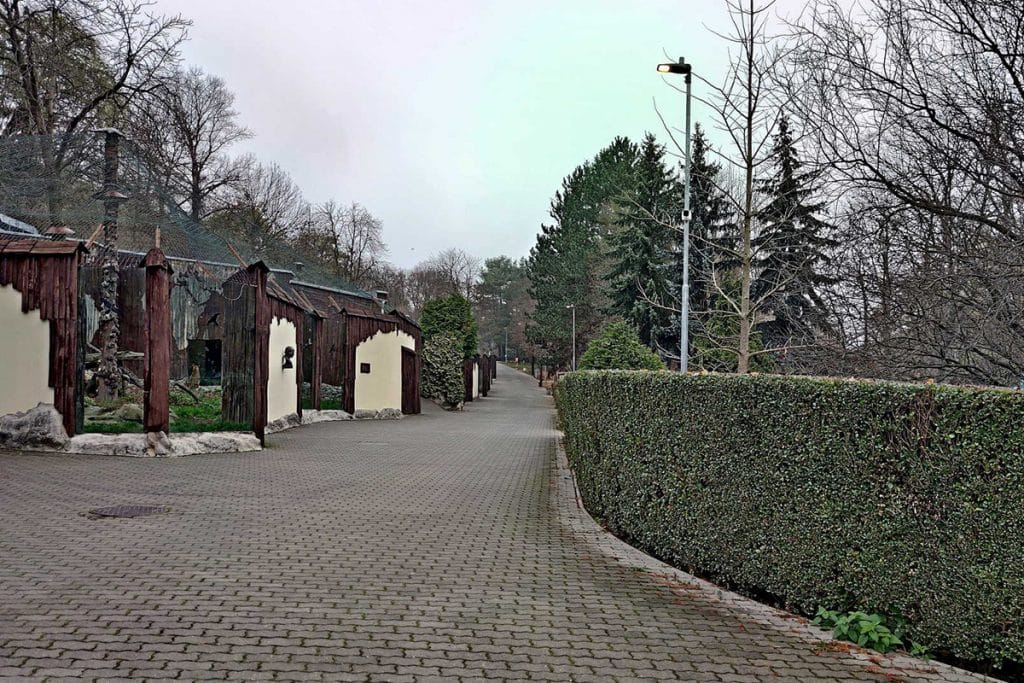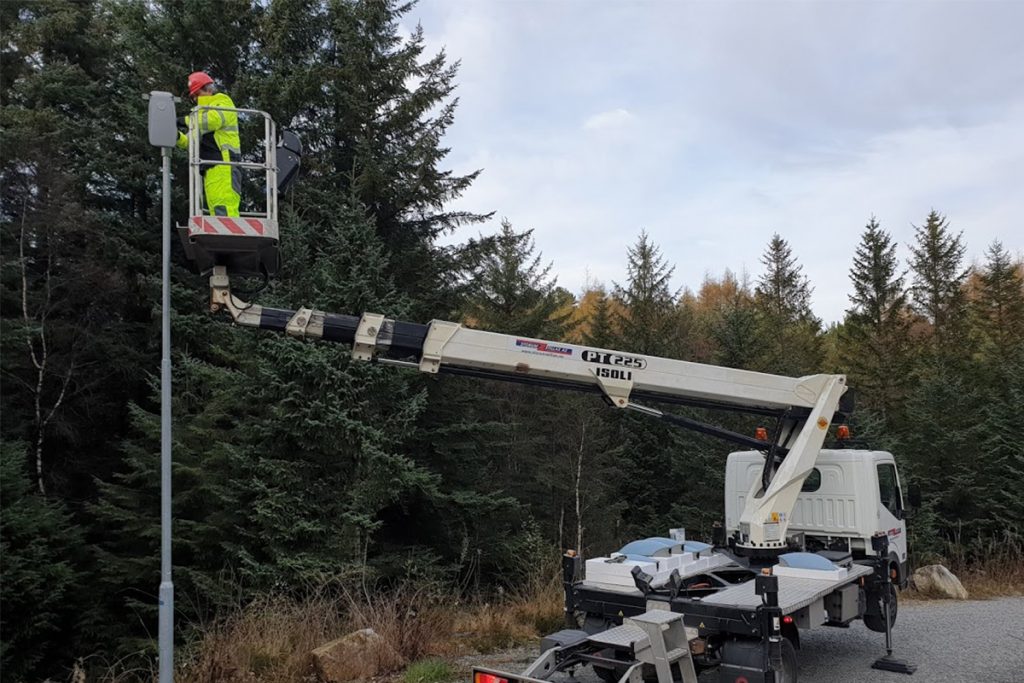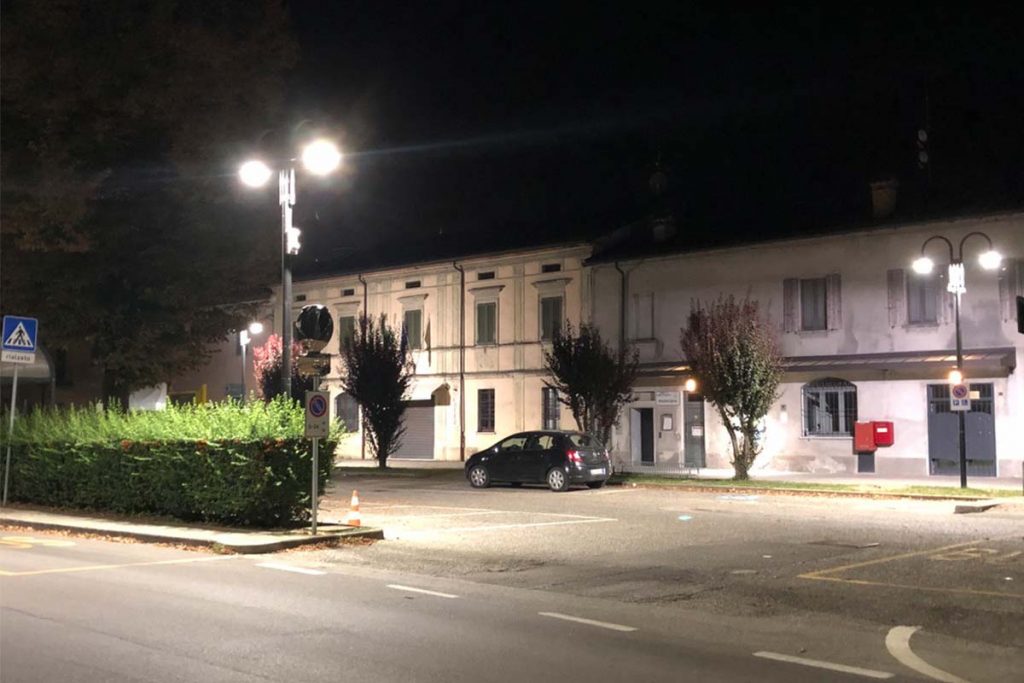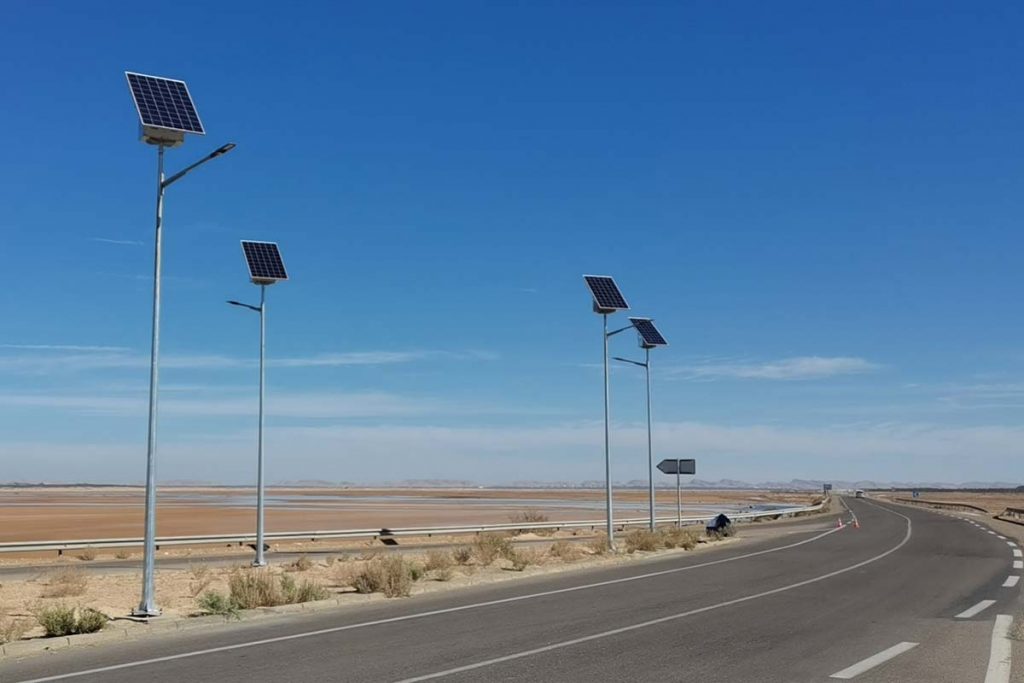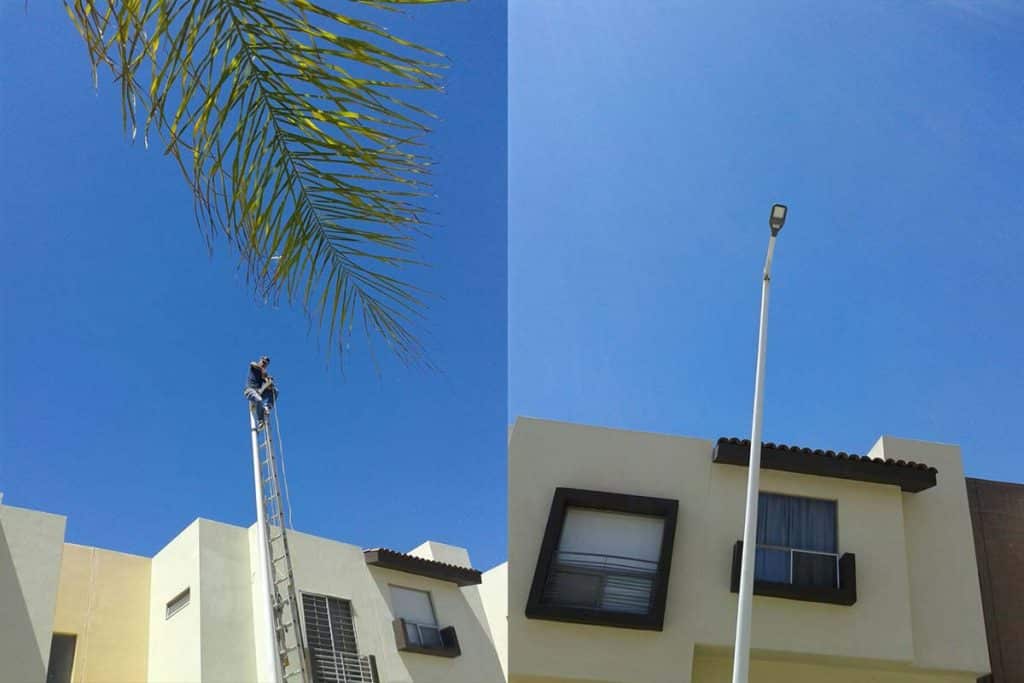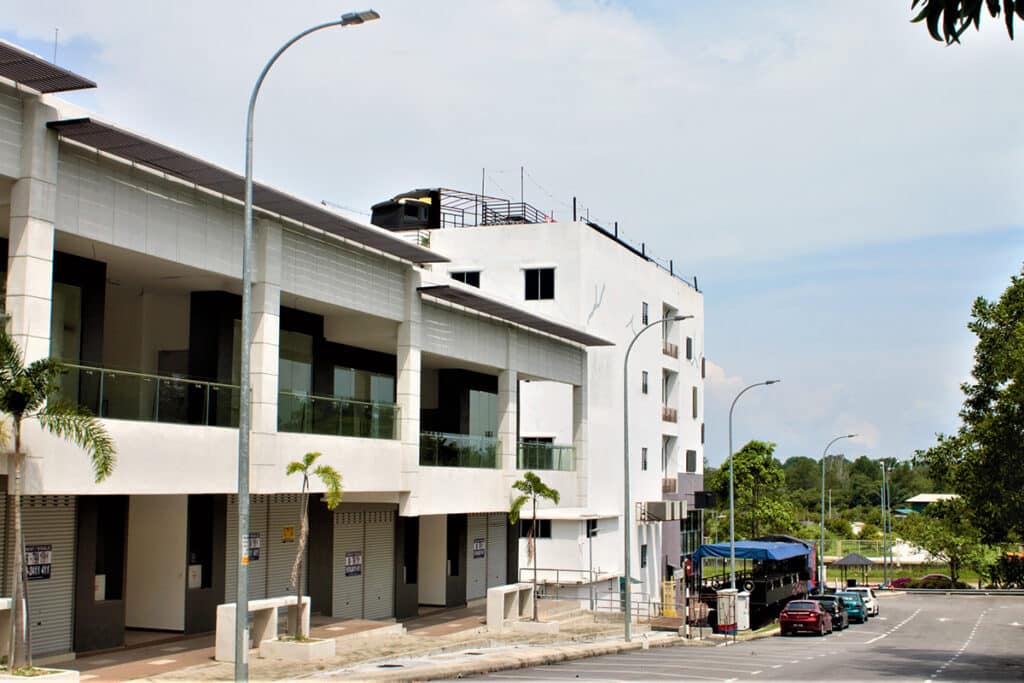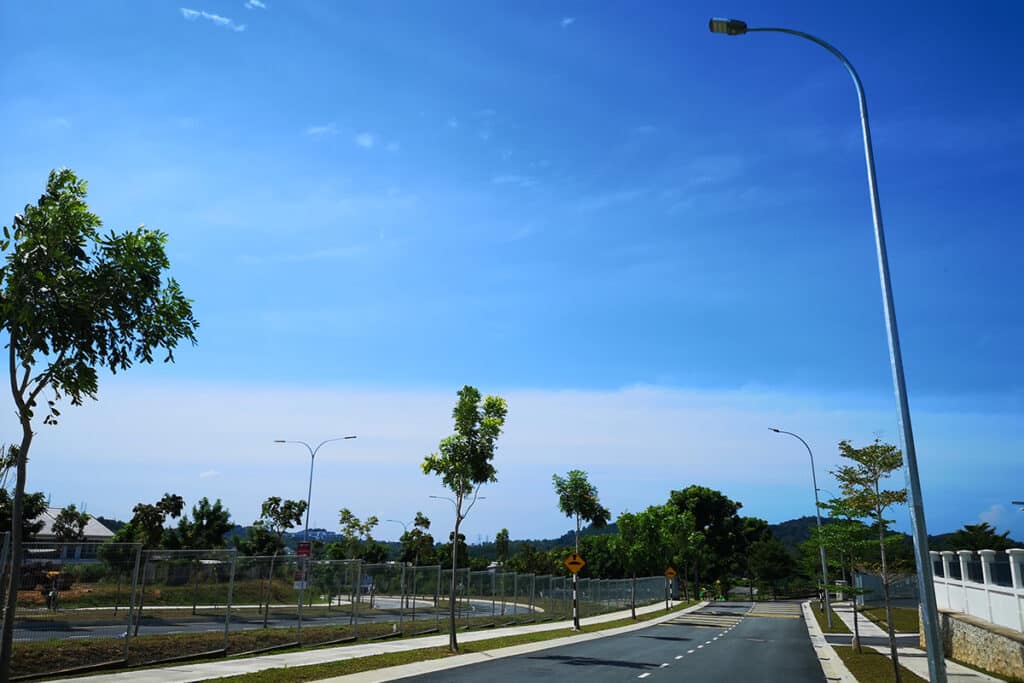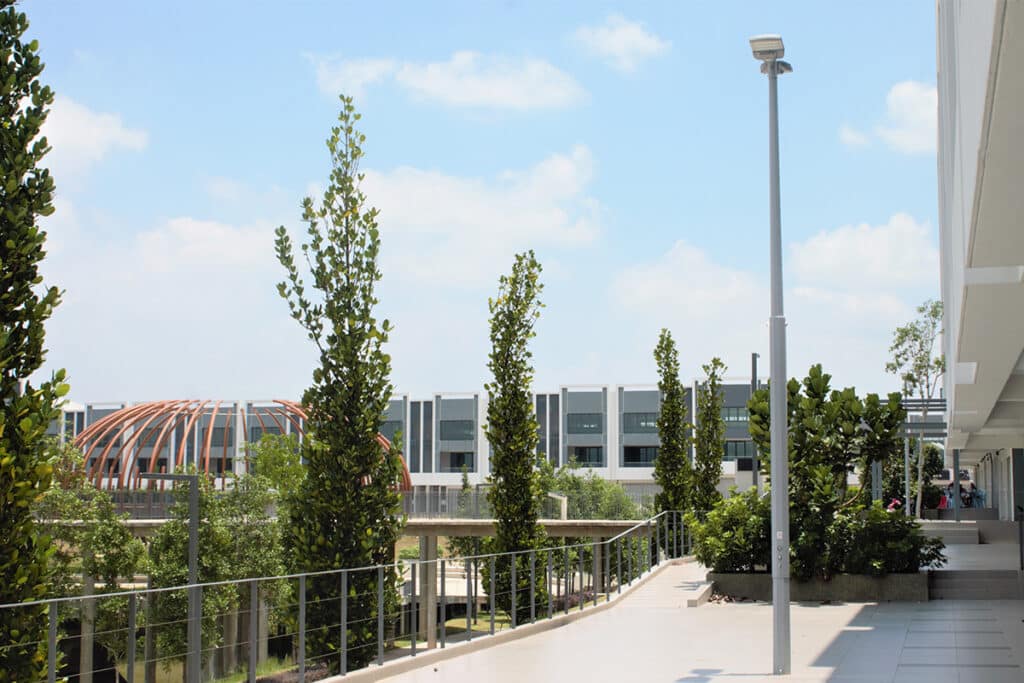Advantages and disadvantages of different street lighting controls
Advantages and disadvantages of different street lighting controls
Introduction
Street lighting plays an important role in cities. When night falls, they are activated, however, sometimes due to malfunctions, the lights do not function properly and even remain on during the day. In some cases, the brightness of the lamps is still too high late at night when there are few people and cars. These all reflect the failure of effective management of road lighting. Street lighting control is a technology used to manage and optimize the operation of street lights. It offers a variety of options, including traditional switches, photo sensors, dimming (intelligent control), time control, motion sensors, wireless communications, and more. Selecting the appropriate control method depends on several factors, including project needs, budget, energy efficiency goals, and the capabilities of the street manager. This article will focus on these different street light control methods, and their respective advantages and disadvantages, hoping to help street light providers, project managers and street system operators more fully understand these control methods, so as to optimize the use of road lighting and improve the performance of street lights.
Benefits of street lighting controls
Street lighting control systems such as traditional switches, photocell, dimming (intelligent control), time control, motion sensors, and wireless communications have their necessity and benefits. Different types of street lighting controls provide a variety of benefits that not only help improve the efficiency, safety and sustainability of urban lighting systems ( Please review the video of the Urban Street Light. ) , but also promote the development of smart lighting. Here are some common benefits of different types of street lighting controls:
- Reduce operating costs: Photocells and traditional switches can ensure that street lights are only turned on when needed, thereby saving power and reducing operating costs.
- Improved energy efficiency: Time controls and motion sensors can reduce unnecessary energy use by street lights. These technologies can be perfectly combined with LED lighting technology to greatly reduce the city’s demand for electricity and improve efficiency.
- Reduce light pollution: Time-based dimming, microwave and other dimming controls reduce the brightness of lamps during off-peak hours or low-activity areas, helping to reduce light pollution of the natural environment caused by human activities.
- Reduce environmental impact: Road lighting control systems can reduce greenhouse gas emissions by reducing energy consumption. Reducing unnecessary lighting also helps reduce environmental impact and contributes to a greener environment.
- Enhanced safety: Motion sensors can increase safety and improve visibility for pedestrians and drivers by providing additional lighting when motion is detected. Similarly, other control methods can adjust the brightness of lamps in real time (photocell switch and intelligent control) to ensure that the road is properly illuminated and meet the needs of pedestrians ( Standard and requirements refers to pedestrian lighting ) and drivers.
- Extend the life of lamps: The street lighting control system eliminates the need for street lamps to operate at 100% brightness all night long, which helps delay the aging of lamps and reduces later maintenance and replacement costs.
- Cities are smarter: Some street lighting control systems can adjust lighting levels according to specific needs, while remotely monitoring and managing individual street lights. They can also collect data and working status of street lights to optimize lighting and lamp maintenance, which is in line with the development trend of smart cities.
- Comply with lighting standards: Lighting control helps cities comply with lighting standards and regulations, such as late at night when the flow of people and vehicles is reduced. According to the EN13201 lighting simulation standard, it is recommended to choose a lower level lighting category to illuminate the road to reasonably illuminate the road and reduce corresponding power consumption.
Traditional switches
Traditional switches are a common way to control lighting, whether they are found in homes, offices, or in industrial and outdoor settings. These simple and affordable devices control lights on and off by connecting or breaking an electrical circuit. One of the main advantages of traditional switches is their simplicity. They are easy to use and require no additional equipment or complicated installation processes. Just press or turn the switch to control the status of the lamp. Another obvious advantage is the low cost. Traditional switches are more affordable than other more complex lighting control systems, making them ideal for projects on a budget. In the street lighting, traditional street lighting systems usually use traditional power switches to turn on and off power. The power supply is transmitted via underground cables to street light poles or facilities, and power switches are installed near a group of street light poles. After these street light systems are connected to the power supply network, street light managers can manually control the on and off circuits through switches to control the turning on and off of street lights.
However, traditional switches also have some limitations. Their functions are limited and can only achieve basic switching operations and cannot meet other lighting needs, such as dimming. Additionally, they require manual operation, which may be inconvenient in some situations. For large facilities or outdoor areas, planning requirements are higher and not easy to achieve. Therefore, some traditional street lighting systems are usually equipped with timers and photocell controllers in the distribution cabinets, through which the street lights can be automatically turned on and off based on the timer (preset schedule) and photocell controller (according to the ambient light level). This not only saves manpower but also ensures adequate lighting for the road when needed.
Dimmers + smart controllers
Although traditional power switching systems are still widely used in many places, dimming control has also become increasingly popular in street lighting in recent years. This dimming method is generally equipped with a dimmer and a dimmable LED driver. The former can emit or indirectly emit dimming signals such as PWM, 0-10V and DALI, while the latter receives these signals and adjusts the output of the LED driver as needed to achieve street light brightness adjustment. This method of dimming has many benefits. First, it helps save energy and money by reducing electricity consumption and extending the life of street lights. For example, by dimming street lights by 50% in the middle of the night, we can save about 40-50% of energy. Another benefit is that users can customize the brightness of street lights based on project needs, real-time road conditions and other special situations. Among them, wireless intelligent control systems are the most widely used in street lighting, and their rise has changed the way street lights are controlled. Smart street light systems use wireless communication technology and Internet connections to remotely monitor and control street lights, improve the efficiency of energy management, and provide more flexible control options to adapt to different lighting needs. In the field of street lighting, it usually needs to be used with NEMA ( Watch the video of the Leaf Series streetlights featuring NEMA street light controller ) and Zhaga socket instead of traditional wired wiring. If the project requires wireless intelligent control at the beginning, we can equip the customer with the corresponding wireless control module, and the customer needs to conduct corresponding learning to achieve real-time street light control. If there is no need for this at the beginning, the NEMA ( What is a NEMA enclosure? ) and Zhaga sockets of street lights can also facilitate future project upgrades. Of course, wireless control also has some disadvantages, such as higher initial investment, longer learning period, and the installation of centralized controllers. These shortcomings limit its wide application to a certain extent, but with the development of society, wireless intelligent control will gradually become popular, leading cities to a digital and intelligent future.
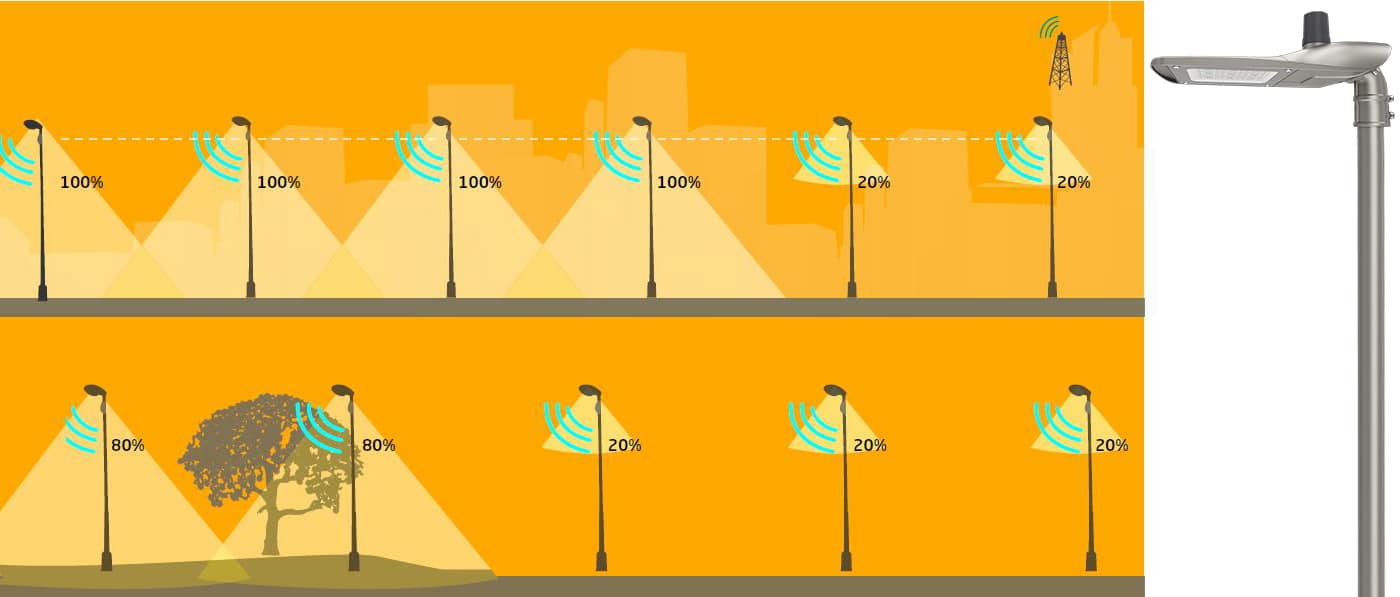
Automatic Sensors
Sensors work by detecting changes in the environment and then sending signals to the lighting system, which adjusts the light output accordingly. There are two main types of sensors used for lighting control: occupancy sensors (motion sensors) and phtotocell sensors.
Occupancy sensors (motion sensors)
Microwave sensors are another common control technology in street lights, which use microwave radiation to detect motion and presence in the surrounding environment and automatically adjust the brightness of the street lights based on the detection results. Similar to infrared (PIR) sensors, it is also a type of occupancy sensor because it is used to detect the presence of people in a space. In road lighting applications, when there is no one under the streetlight lighting area, the sensor will not be triggered and the streetlight will operate at low power. When the sensor detects a person or vehicle in a specific area under the streetlight, it triggers corresponding controls, causing the streetlight to operate at higher power to meet the visual needs of pedestrians and drivers.
As mentioned earlier, one of the main advantages of microwave sensors is to reduce unnecessary lighting while ensuring that sufficient lighting is provided when necessary, helping to reduce energy consumption and electricity costs. It also provides convenience and enhanced safety since users do not need to manually adjust or turn these lights on and off. This makes microwave sensors widely used in areas with low traffic volume in the middle of the night, such as parking lots, roads and parks, as well as indoor lighting, such as corridors, warehouses and promenades.
However, there are some drawbacks to microwave sensors, such as the fact that they can be triggered by any moving object, including small animals, insects, and trees, resulting in unnecessary switches that can be uncomfortable or distracting. At the same time, microwave sensors have limited detection capabilities for fast-moving objects. In addition, frequent switching and adjustment will bring certain tests to the service life of microwave sensors and lamps.
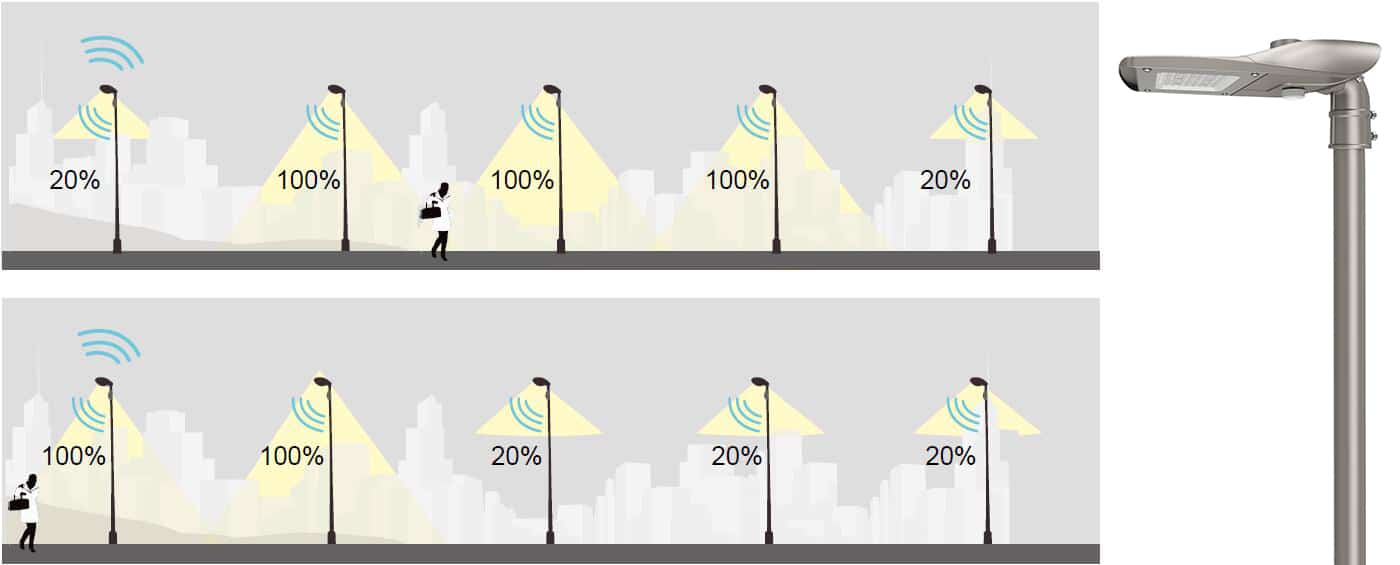
Photocells (Dusk to dawn)
Photocell (Photo sensor) is a common control technology in street lamps. It uses light-sensitive components to sense the surrounding ambient light level and control the switching status of the lamp according to the light intensity. When the ambient light is strong, the lamp will automatically turn off and vice versa. In addition, some light controls are also equipped with dimming functions, which will gradually increase the brightness of the street lights as the environment darkens.
One of the main advantages of light sensors is their plug-and-play nature. For example, once a streetlight is equipped with a light control, users no longer need to worry about turning the light on and off manually because the photocell will automatically complete this task. In addition, the application of photocell helps reduce energy consumption, thereby extending the service life of lamps. In general, photocell is a simple, low-cost and relatively energy-saving control method. However, photo sensors also have some potential drawbacks. One issue is their sensitivity to changes in natural light levels, which can cause the light sensor to incorrectly perceive true ambient light levels, as buildings, trees and dirt on the light sensor lens can all affect its judgment. Additionally, it’s not always very smart, as it may not proactively reduce lighting brightness to save energy, even late at night when there’s less traffic.
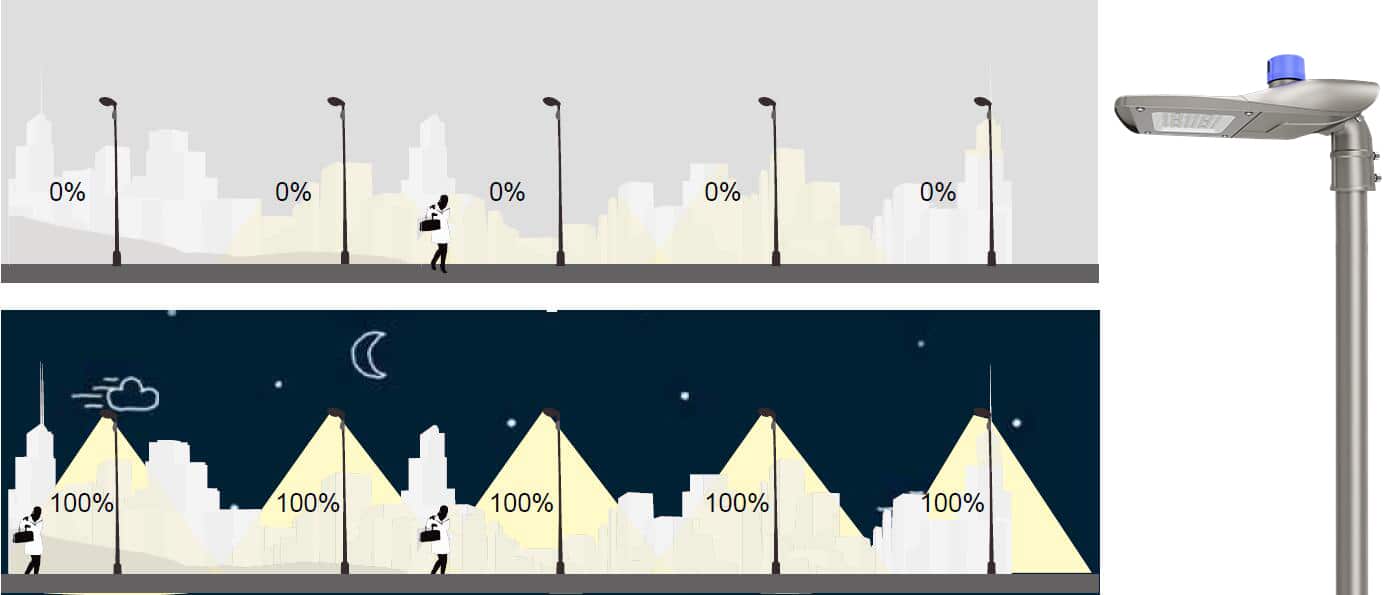
Timers + timer dimming
In street lighting systems, this type of timer is often used to control the operation of street lights according to a predetermined schedule to ensure that sufficient light is provided when needed during the night and turned off during the daytime to save energy.
In contrast, “timer dimming” divides the night into different stages based on the changing characteristics of pedestrian and vehicle flow at various times of the night. For instance, during the first stage when the flow of vehicles and pedestrians is high, street lamps operate at full power. In the second stage, as the number of vehicles and pedestrians gradually decreases, the lamps start operating at reduced power. In the third stage (usually from midnight to 4:00 AM), the lamps run at a lower power level, such as 20%, as there are minimal pedestrians and vehicles at that time. In the fourth stage, the lamps return to full power operation as early morning city activities resume, and adequate lighting is needed to ensure pedestrian and driver safety. It’s evident that “timer dimming” is an enhanced version of a standard “timer,” better suited to the characteristics of street lighting. When combined with a photocell, it is widely used in road lighting. For more details, please refer to our other blog timer dimming.
It’s worth noting that both “timer” and “timer dimming” are highly beneficial for automating lighting control, improving energy efficiency, reducing operating costs, and ensuring the right level of street lighting at the appropriate times. However, timers can make setting up and adjusting schedules complicated or challenging. For example, seasonal changes necessitate frequent adjustments to accommodate shifts in sunrise and sunset times. Furthermore, once “timer dimming” settings are configured, making real-time and flexible changes to dimming settings can be difficult.
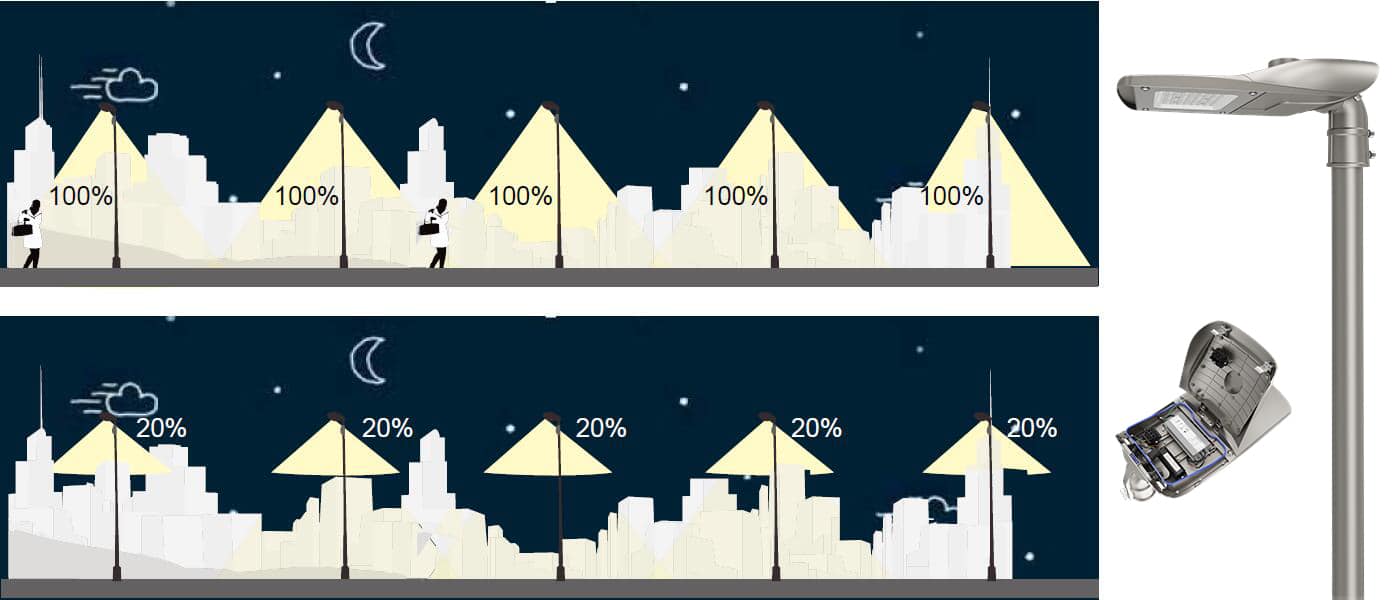
Comparison of different street lighting controls
In the previous chapter, we introduced in detail the various control methods of street lights, their principles, and their advantages and disadvantages. Now we make the following summary:
| Lighting Controls | Feature | Pros | Cons |
| Traditional switch | Turn lights on or off by Switch on or off the electrical circuit | Widely used; Low cost | No dimming function; Depend on manual operation |
| Dimming + smart control | Adjust the brightness of light in real time | Save energy and money; Customize the light level according to requirement | High cost; Training is required before operation |
| Motion sensor(Occupancy sensor) | Detect the present or motion of pedestrians/vehicles under the lamp and adjust the lighting level accordingly | Minimize energy usage and reduce electricity cost; Enhance convenience and safety | Sometimes insensitivity; False triggers by animals/leaves |
| Photocell(Daylight sensor) | Detect the ambient light level and turn on/off lighting accordingly | Easy for application(plug and play);Reduce labor costs | No dimming; False triggers when the window is blocked by trees, construction and others |
| Timer or timer dimming | Set timelines for lights to turn on/off and dimming | Save energy and reduce costs; Meet the lighting standards and dark sky guidelines | The light level cannot be adjusted in real time; Timelines can not easily be re-programmed afterwards |
ZGSM street light with different lighting controls
ZGSM is a professional manufacturer of LED lights. ZGSM has a wealth of knowledge and project experience in street lighting control. At the same time, our streetlights can be equipped with various features, including photocell control, microwave sensing, dimming power supply with NEMA/Zhaga interfaces, time-based dimming power supply, and intelligent control, among others. We are well-versed in configuring these features, and if you have such requirements, please feel free to contact us. Below are various series of streetlights offered by ZGSM for your reference.
Summary
This article introduces in detail the various controllers of street lighting, including traditional switches, photocells, timer dimming, intelligent dimming, microwave sensors and wireless communications. Each of these different control methods has a set of advantages and disadvantages, and understanding these advantages and disadvantages can help us better select the control method suitable for a specific project. Intelligent control technology is currently at the most advanced stage. Although it has excellent performance, it also requires road operators to have corresponding professional knowledge and operating skills, and its cost is also relatively high. In contrast, technologies such as light-controlled switches, time-division dimming and microwave sensors are relatively mature and low-cost, but they have some shortcomings, such as false responses, inability to adjust light in real time, and inability to quickly modify settings. Wireless communication technology is an emerging technology, but it is more suitable for the civilian field. ZGSM provides a variety of street lighting solutions, but we encourage readers to learn about various street lighting control methods through this article and choose the appropriate method based on the needs of their own projects. If you need more information, feel free to contact us.
Rated Products
Related Blogs
Related Cases
People also ask
Author introduction

Hello Customers,
My name is Taylor Gong, I’m the product manager of ZGSM Tech. I have been in the LED lights industry for more than 13 years. Good at lighting design, street light system configuration, and bidding technology support. Feel free to contact us. I’m happy to provide you with the best service and products.
Email: [email protected] | WhatsApp: +8615068758483

